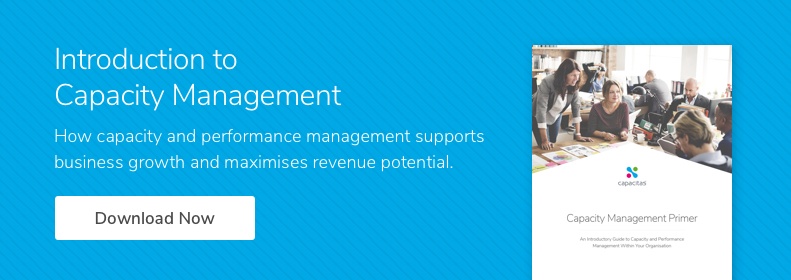So everyone's talking about Cloud now then - it's the next big thing, apparently. So what is Cloud Computing?
It's a paradigm where much of the low-value back office processing (e.g. SQL, email) and storage is outsourced as a managed service to another company that has lots of high-availability computing power and storage capacity spare. Example providers are Microsoft, Google, Amazon, etc. This leaves the customer able to develop and own their own business logic independently of the commodity computing that sits behind the scenes.
A Problem with Cloud Cost Management
However, there is as I see it one key problem for many adopters of this paradigm, depending on the supplier chosen. The example I'm thinking of is transaction-based pricing. Services that use this pricing model (e.g. Microsoft's SQL Azure service) are charged for the number of transactions in the billing period, whilst storage is also based on the number of gigabytes stored as well as transactions (see the Microsoft Azure pricing page here).
Whilst these fees are low they will soon add up for a large enterprise. However the key issue is that they are open ended; that is there is no usage cap. Therefore if you build an Azure-based web application and the world beats a path to your door (but doesn't buy much), then you will be left with a considerable bill.

As an example on the 7th of July 2005 the BBC News website served 5.5TB of data and the transfer peak was 11Gb/s this works out at a cost of $825 for data transfers and $1,000 for hit-related transactions (Note: this ignores any web server caching or graphics, etc.). Now obviously $1,825 is actually a relatively insignificant amount to serve this content to a news-hungry web public. However the key issue here is that it's an exceptional, and therefore unbudgeted, peak. While a private sector company can work this way it is anathema to a public sector or not-for-profit organisation; these guys prefer to use a long-term cloud cost management strategy, planning their budgets meticulously and often years in advance.
And this situation gets worse when you consider that much public sector IT is outsourced to companies such as Atos Origin, HP Enterprise Services (a.k.a. EDS), CSC, Capgemini, BT, etc. How will these organisations, as the filling in the sandwich of commercial Cloud services and the public sector customer, be able to take advantage of these offerings? I think the answer is they can't: they will have to provide their own Cloud-based services, as some already are.
Conclusion
In summary while I can see there is a strong commercial incentive for many private sector companies to adopt a Cloud-based paradigm, I think that the utility pricing mechanism will serve as a disadvantage to those organisations that want a more static cost base.
Discover the benefits of capacity management in our Capacity Management Primer - download here.
